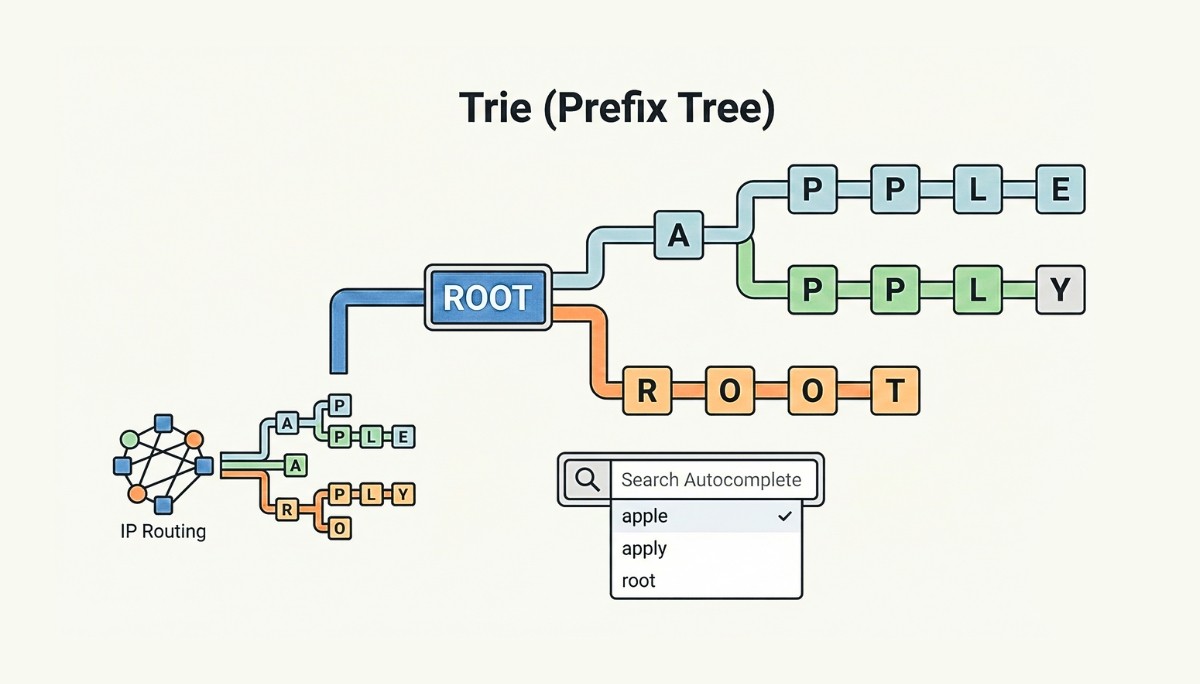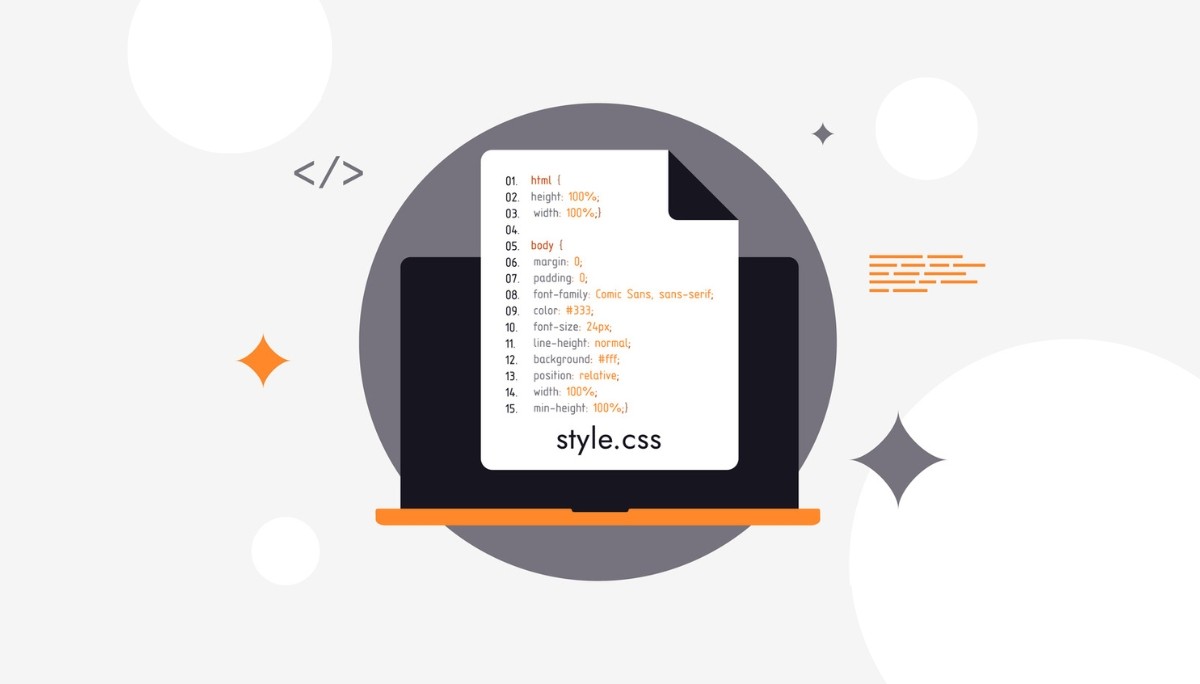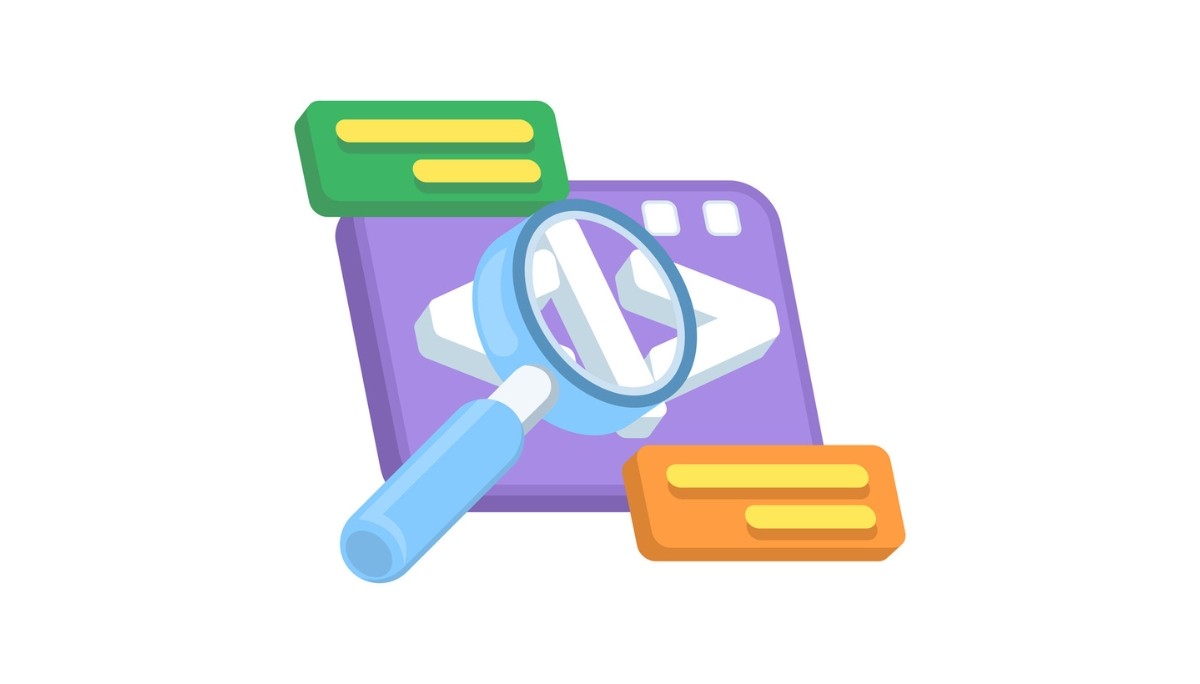Agile Computing and the Future of Software Development Methodology
By
Liz Fujiwara
•
Sep 16, 2025
Agile computing is a modern approach to software development that emphasizes flexibility, collaboration, and a rapid response to change. Unlike traditional methods such as the waterfall model, agile encourages teams to work in short cycles, reflect on progress, and make continuous improvements. This iterative style helps deliver results faster while ensuring the product aligns with user needs and evolving goals.
Agile also highlights the importance of people and communication. Close collaboration among developers, stakeholders, and end users allows feedback to be integrated quickly and reduces the risk of costly mistakes. In this article, we will explore the core principles of agile computing, look at popular methodologies like Scrum and Kanban, and outline the key benefits of adopting agile practices.
Key Takeaways
Agile computing emphasizes flexibility, continuous improvement, and customer collaboration, as outlined in the Agile Manifesto.
Key principles include frequent software delivery, ongoing customer involvement, and sustainable development practices that support team productivity.
The Agile process incorporates iterative phases such as requirements gathering, planning, development, and deployment, all designed to adapt to changing user needs.
Understanding Agile Computing

Agile software development is a methodology that focuses on flexibility and the pragmatic delivery of software components. Unlike traditional methodologies that follow a linear and rigid sequence of phases, Agile emphasizes adaptability and continuous improvement as core aspects for teams. Originating in the early 1990s and formally recognized with the creation of the Agile Manifesto in 2001, Agile has since become a cornerstone for many teams seeking efficiency.
The Agile Manifesto established the foundation of Agile computing by prioritizing:
Individuals and interactions over processes and tools
Working software over comprehensive documentation
Customer collaboration over contract negotiation
Responding to change over following a plan
These values and principles foster an environment where teams can adapt to changing requirements and customer needs, ensuring the final product is both valuable and relevant.
Agile methodologies encourage continuous collaboration throughout the project, rather than only at the beginning and end. This iterative approach allows teams to adjust plans based on ongoing feedback, enhancing their responsiveness and ability to deliver high-quality software quickly while fostering an Agile mindset. Agile project management and methodology are central to this process.
Delivering individual software components enables Agile teams to make incremental improvements and adapt to changes in software delivery as they arise.
Core Values of Agile Computing

The Agile Manifesto, created in 2001, laid the groundwork for Agile computing by establishing core principles that prioritize collaboration, customer input, and adaptability. These values are essential for guiding Agile teams through their development processes and ensuring they remain focused on delivering high-quality software that meets user needs.
The first core value of Agile computing is “Individuals and interactions over processes and tools.” This emphasizes the importance of team collaboration and effective communication over rigid processes and tools. By fostering a culture of open communication, Agile teams can quickly address issues and adapt to changes, keeping the development process efficient and effective.
Another core value is “Working software over comprehensive documentation.” Agile practices prioritize delivering functional software that meets user needs rather than excessive documentation. This focus ensures teams concentrate on producing a product that delivers real value to customers, in alignment with Agile principles.
The third core value, “Customer collaboration over contract negotiation,” highlights the importance of building strong customer relationships and working closely with them throughout the development process. Prioritizing customer collaboration allows Agile teams to better understand user needs and adjust software to meet customer expectations.
Finally, “Responding to change over following a plan” underscores the importance of adaptability in Agile methodologies. Agile teams are encouraged to embrace change, continuously improving processes and products to respond quickly to new requirements while delivering high-quality software.
Key Principles of Agile Computing
The principles of Agile computing are designed to ensure that software development teams can deliver high-value applications early and often. One primary principle is to deliver working software frequently, with shorter timescales ranging from a couple of weeks to a few months. This iterative approach allows teams to gather feedback and make continuous improvements, ensuring that the final product meets user needs and expectations.
Another key principle is continuous collaboration with customers. Working closely with customers throughout development helps Agile teams understand needs and make necessary adjustments, keeping the final product valuable and relevant.
Maintaining a sustainable development pace is also crucial. Agile teams are encouraged to work at a pace that all participants can maintain, avoiding burnout while sustaining productivity. Regular reflection and adjustment help teams improve effectiveness and consistently deliver high-quality software.
Self-organizing teams are another important principle of Agile computing. Empowered teams that take ownership of their work can produce better architectures, requirements, and designs. This autonomy fosters innovation and continuous improvement, helping teams deliver software that truly meets user needs.
The Agile Software Development Process
The Agile software development process is an iterative and collaborative approach focused on real user needs and continuous improvement based on feedback. It begins with a product vision that guides development and uses iterative, incremental cycles where each iteration builds on the last to enable quick feedback and improvement. This approach follows the Agile process within the software development life cycle.
The process is structured into several key phases:
Requirements gathering
Planning and iteration
Development and testing
Deployment and maintenance
Each phase plays a crucial role in ensuring that the final product aligns with user needs and expectations.
Requirements Gathering
The requirements gathering phase is essential for understanding and prioritizing customer needs. Collaborative efforts during this phase ensure that requirements are accurately captured, enabling the development team to create software that aligns with user expectations. Continuous communication and collaboration with customers allow Agile teams to adjust the software as needed, ensuring it delivers real value.
Planning and Iteration
The planning phase in Agile development is crucial for creating a clear roadmap and deciding on features for each iteration. This phase aligns the product roadmap with strategic goals and defines the work to be completed in each cycle, helping Agile teams stay focused on delivering valuable software that meets user needs and expectations.
In Agile, a sprint refers to a specific timeframe during which certain work must be completed and prepared for review. The development team focuses on a set of user stories that have been reviewed, refined, and selected for the sprint backlog. This iterative approach enables incremental development and continuous improvement, allowing teams to quickly respond to new requirements and deliver high-quality software.
Effective Agile planning ensures that each iteration contributes to the overall product vision while keeping the team aligned and productive throughout the development process.
Development and Testing
Agile development emphasizes continuous feedback and iteration, allowing teams to adjust easily to new requirements throughout the project. This approach ensures that processes and products are continuously improved, enabling teams to quickly respond to changes and deliver high-quality software that meets user needs.
Quality assurance in Agile is integrated into the development process, allowing for immediate identification and resolution of software issues. Working in smaller increments enhances both quality and efficiency, and as software is delivered and tested, requirements evolve to reflect changing user and stakeholder needs.
By combining iterative development with integrated testing, Agile teams can continuously refine their processes and products, ensuring that software remains aligned with user needs while maintaining high quality and efficiency.
Deployment and Maintenance
In the deployment phase, software is prepared for customers or end users and released into production. Agile encourages frequent discussions and feedback during deployment to allow quick adaptations, ensuring the final product meets user needs and expectations.
Post-deployment, Agile emphasizes ongoing support and updates to accommodate evolving user requirements. This focus on continuous improvement helps Agile teams maintain the software’s relevance and value while delivering high-quality products that satisfy user needs.
Popular Agile Frameworks and Methodologies

Agile software development is supported by various frameworks and methodologies, each with its unique benefits and focus areas. Scrum, for example, is built around short work periods called sprints, typically lasting two to four weeks, with regular feedback through the delivery of a potentially shippable product at the end of each sprint. This approach ensures that teams can continuously improve their processes and products.
Kanban emphasizes continuous delivery through a visual management system that allows tasks to flow through different stages. Work In Progress (WIP) limits help prevent teams from becoming overwhelmed and maintain a steady workflow, enabling rapid response to new requirements and consistent software quality.
Extreme Programming (XP) prioritizes practices like pair programming and Test-Driven Development (TDD) to enhance code quality. XP encourages frequent releases through continuous integration, helping teams identify and resolve issues early.
Each framework offers unique advantages: Scrum for iterative delivery, Kanban for continuous flow, and XP for improved quality. Understanding and implementing these Agile frameworks helps teams deliver high-quality software that meets user needs and expectations.
Benefits of Agile Computing

Agile computing offers numerous benefits that make it an attractive approach for software development teams. One primary benefit is customer satisfaction, achieved by involving clients in the development process and valuing their feedback. Close collaboration between the development team and the customer ensures that the product meets user needs and expectations.
Agile practices also promote business agility, leading to faster time-to-value and improved software quality. Lean methodologies reduce waste and encourage frequent releases tied to business outcomes, delivering long-term benefits. By prioritizing core principles and adaptability over rigid frameworks, Agile teams can deliver measurable value and improve overall project outcomes.
Security measures and bias-audited evaluations further strengthen organizational capabilities. Regular assessments during sprints provide visibility into progress and help teams identify and mitigate risks quickly. Leveraging customer feedback after each development cycle allows Agile teams to continuously improve processes and products, ensuring high-quality software that meets user needs.
Challenges in Agile Computing
While Agile computing offers numerous benefits, it also presents several challenges that teams must address. The rise of remote and hybrid work is prompting Agile practices to adapt, emphasizing asynchronous communication and documentation to maintain effective collaboration. This shift requires teams to develop new strategies for sustaining productivity and engagement in a distributed environment.
Economic pressures are driving organizations to focus on cost-effectiveness and the measurable impact of Agile practices on business metrics. Teams must continuously evaluate their processes to ensure they deliver tangible value to the organization. Addressing these challenges helps Agile teams remain effective and continue delivering high-quality software that meets user needs and expectations.
Fonzi's Unique Approach to Agile Computing
Fonzi redefines hiring for AI engineers by integrating Agile principles into its recruitment process. Key features of Fonzi’s platform include:
Connecting businesses with skilled AI engineers through a curated marketplace
Streamlining the hiring process using advanced AI technology
Analyzing resumes and ranking candidates based on technical expertise
Enabling employers to quickly identify and engage high-signal candidates
What sets Fonzi apart is its emphasis on practical challenges that reflect real-world scenarios, rather than relying solely on traditional interview methods. Candidates are evaluated based on their ability to solve relevant problems, providing a more accurate assessment of their skills.
Fonzi also hosts recurring hiring events, known as Match Day, which facilitate connections between companies and pre-vetted engineers, making the hiring process faster and more efficient. By connecting companies with a curated network of highly qualified AI engineers, Fonzi supports both early-stage startups and large enterprises, helping businesses quickly hire top-tier AI engineering talent and stay competitive in the rapidly evolving AI landscape.
How Fonzi Works
Fonzi’s platform emphasizes fairness and reliability by delivering high-signal, structured evaluations with built-in fraud detection and bias auditing. Unlike black-box AI tools or traditional recruiting, this structured approach improves the quality of candidate assessments and ensures companies can make informed hiring decisions. The bias auditing provides a level playing field for all applicants, helping companies build strong, diverse teams that drive innovation and success.
Why Choose Fonzi for Hiring Elite AI Engineers
Fonzi offers a straightforward and efficient hiring process, attracting the best talent by providing clear product visions and opportunities for substantial ownership. This approach engages candidates and leads to better matches and successful hires. With most hires happening within three weeks, Fonzi makes the process fast, consistent, and scalable while preserving a positive candidate experience.
Agile Computing and the Future of Software Development Methodology

As Agile computing continues to evolve, roles within Agile teams are transforming, shifting from dedicated Scrum Masters to hybrid positions that blend technical and leadership skills. This change reflects the growing need for versatile team members who can manage both the technical and managerial aspects of software development, including project management.
Modern Agile teams are increasingly cross-functional, managing the entire software lifecycle to enhance speed and quality. This structure ensures that every team member is actively involved in the development process, fostering a collaborative environment where all contribute to the success of the project.
Quality assurance practices are also evolving, with renewed emphasis on technical practices and sustainable testing strategies. As Agile methodologies advance, delivering high-quality software that meets user needs and expectations remains the top priority.
The following table summarizes key points and trends in Agile computing:
Aspect | Traditional Development | Agile Development |
Project Management | Linear, sequential | Iterative, flexible |
Team Roles | Specialized roles | Cross-functional, hybrid roles |
Delivery | One-time, big release | Frequent, incremental releases |
Customer Involvement | Minimal | Continuous collaboration |
Documentation | Extensive | Just enough, as needed |
Quality Assurance | End of cycle | Integrated, continuous |
Summary
Agile computing has transformed the software development landscape by prioritizing flexibility, collaboration, and continuous improvement. By focusing on delivering high-value applications early and often, Agile methodologies allow teams to adapt quickly to changing requirements and deliver software that meets user needs and expectations.
The core values and principles of Agile computing, as outlined in the Agile Manifesto, emphasize individuals and interactions, working software, customer collaboration, and responding to change. These values guide Agile teams throughout the development process, ensuring a consistent focus on delivering high-quality software.
Fonzi’s approach to Agile computing, emphasizing practical challenges and bias-audited evaluations, provides a reliable solution for companies seeking elite AI engineers. By connecting businesses with pre-vetted candidates and streamlining the hiring process, Fonzi helps companies quickly hire top-tier talent, enabling them to stay competitive in the quickly advancing field of AI.




